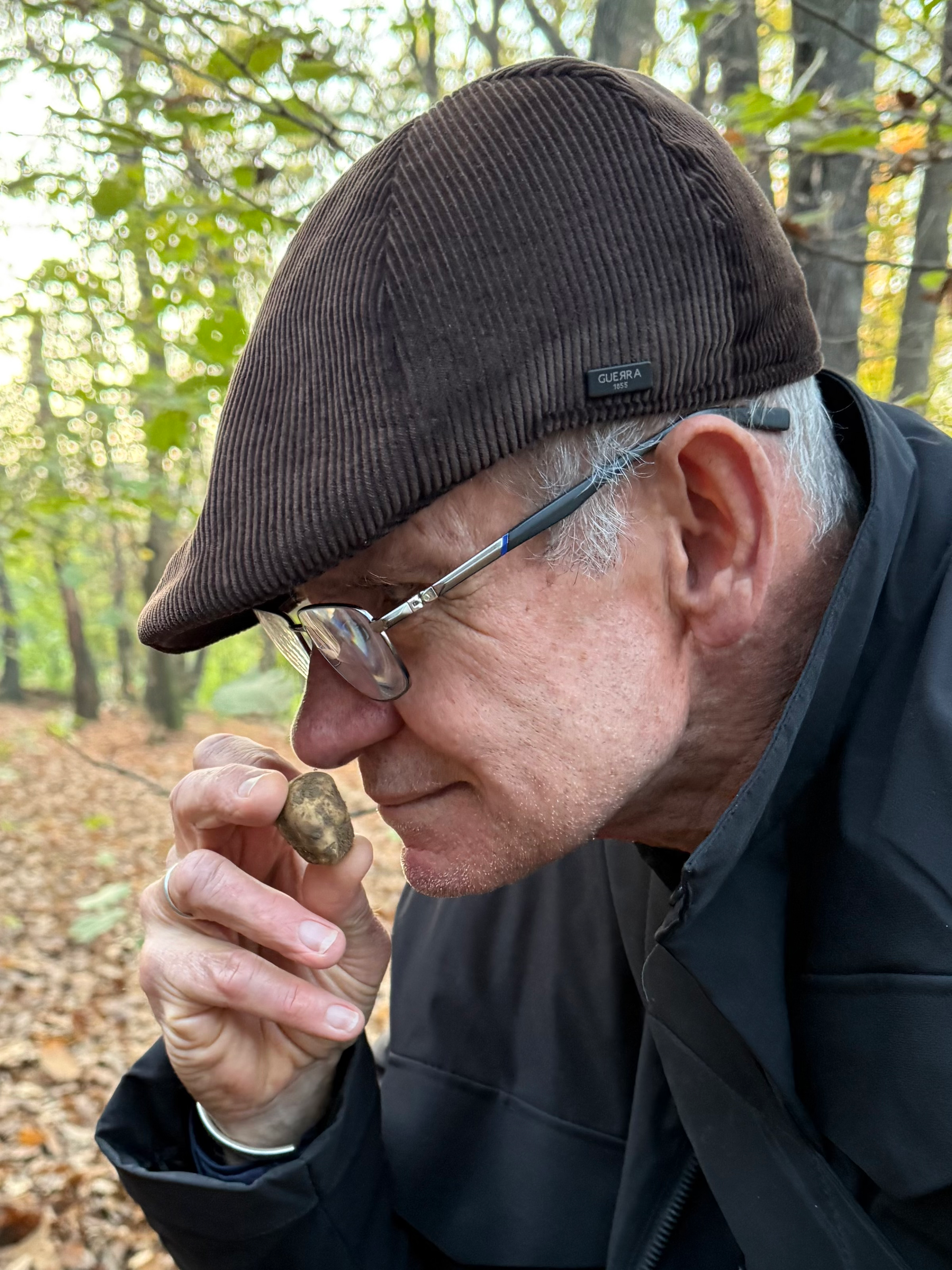Do truffles help with diabetes?
- Carmine Di Campli

- Jul 31
- 4 min read
Updated: Aug 4
Here at Fish River Truffles, those of you who read us regularly know we’re often swept up in the sensory theater of truffle season, the crackle of frost underfoot, the way a ripe truffle mesmerises the mind and how they perform in the plate. But every so often, science hands us a moment of perspective, a shard of new light if you will. What if, the black truffle isn’t just a sensory delight? What if it's also medicinal gold?
Recently we came across this 2018 study out of China which demonstrates some of the secrets still locked away but slowly being prised open about Tuber melanosporum, the black winter truffle.
Researchers tested its effects on diabetic mice and found this humble truffle, pulverised and administered daily, didn’t just lower blood sugar, it actively protected kidneys from damage, reduced inflammation, and re-balanced key metabolic markers.
Let me underline. We’re not talking about some niche lab fungus or obscure extract, this is the same truffle we slice over risotto. Could something we’ve searched out for its aroma also offer protection against a disease like diabetes?
Well, I am glad you asked. In this post we look at the antidiabetic properties of truffles. Lets dive in.

The Study: Mice Meets Melanosporum
The researchers in this study used ‘db/db mice’ which are a genetically engineered strain widely used in medical research, especially in studies of type 2 diabetes and its complications.
These mice carry a mutation in the leptin receptor gene which means their bodies can produce leptin (a hormone that regulates appetite and metabolism), but they can't respond to it properly. As a result, they develop severe obesity, insulin resistance, and chronic high blood sugar mimicking human type 2 diabetes. These mice develop insulin resistance early and go on to exhibit many of the complications we see in human diabetes, including kidney disease.
Over eight weeks, mice in this experiment were given powdered black truffle daily. Their results were then compared to those mice treated with metformin (the go-to pharmaceutical for diabetes).
The outcomes? Black truffle reduced blood sugar, improved cholesterol profiles, and helped maintain kidney structure and function. More remarkably, it appeared to regulate oxidative stress and inflammation through the Nrf2 and NF-κB pathways, molecular highways that play a central role in the progression of diabetic complications.
The upshot? The truffle wasn’t just treating the symptoms they seemed to be tuning the system.
Why This Matters for Food Lovers
We often talk about how a truffle smells, how hazelnut, oak, and soil might each bring their own fingerprint to a truffle’s performance. But what about what a truffle does to the body? What if, in addition to seducing us, it’s actually doing something to our cells: balancing our blood sugar, calming our immune system, protecting our kidneys?
This isn’t just science for the lab or theory. It’s a reminder that the foods we treasure for pleasure may also have healing powers all of which we are only now just coming to appreciate.
A Word of Caution, and Possibility
Of course, this is early-stage research. Mouse models are useful, but they aren’t people.
You won’t be treating diabetes with a few shavings on your eggs anytime soon. Without human studies, it’s impossible to predict how truffle compounds behave metabolically in us, or whether dosages effective in mice, which were very high in this case, are practical or safe for humans. In addition, for this study and others like it, the exact molecular components responsible for the observed effects are not isolated or characterized.
But!, the findings do prise the door open for tuber melanosporum to be explored not just as a delicacy.
What if, unlike synthetic drugs, truffles could work as a “systemic balancer,” influencing multiple pathways in a more natural, nuanced manner.
This holistic potential, combined with the fact that truffles have been consumed for centuries without known side effects, makes the case for further exploration compelling; don't you would agree?
Rooted in Nature, Reaching into the Future
One of the beliefs we have always held about truffles is that they are more than gourmet.
The story of truffle is that they are connectors!
Not just connectors between people, they are connectors between plant and fungus, between nose and memory, between ancient forests and modern palates. This early study and many like it suggests they might also be connectors between cuisine and care, between what we eat and how we heal.
Whether we’re decoding aroma profiles or exploring oxidative stress pathways, one truth keeps resurfacing: truffle are still revealing themselves to us.
And if these black diamonds of the earth hold secrets for the body as well as the table, what an amazing ingredient they truly are, again!
Last thoughts
And there you have it, a post about the benefits of black winter truffle to the human body. If you liked this post then please share it. If you have a comment or a though about our blogs, a suggestion?, Please drop a comment below. Next week will be the last of our regular blogs and be a bit of a summary to the season and the things we have learned.
Ciao for now.
Carmine




Comments